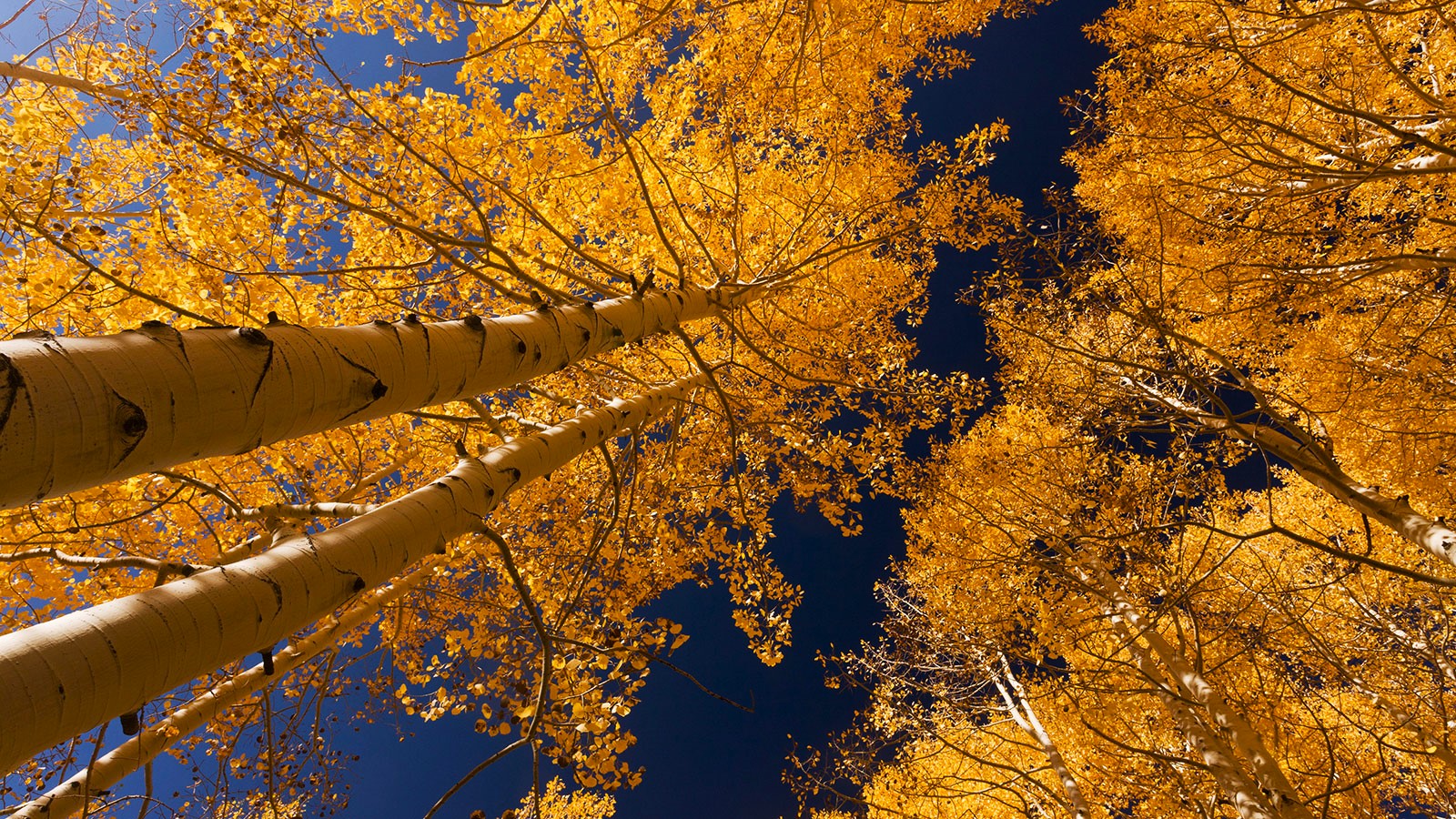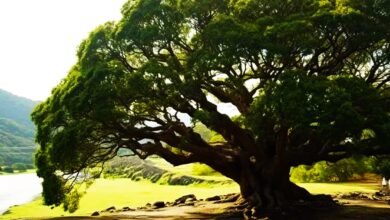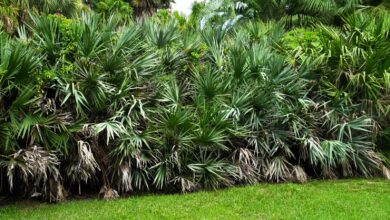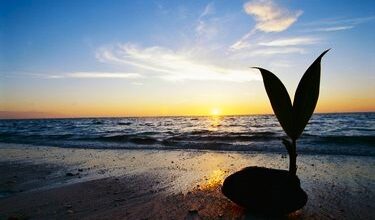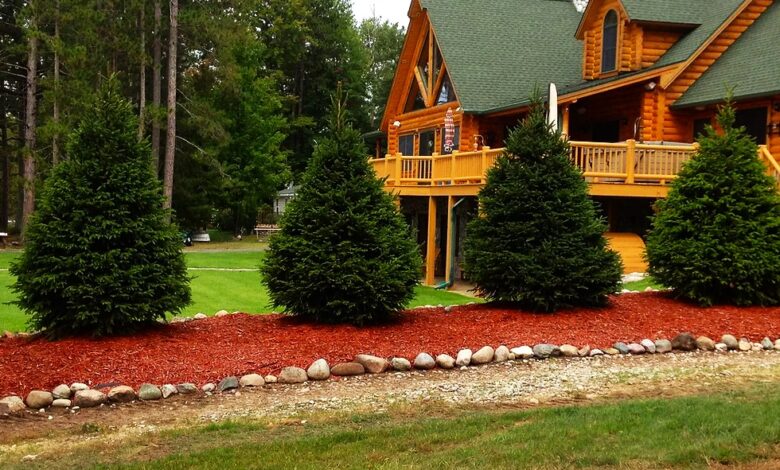
Numerous tree species are given the name or nickname “cypress.” The phrase technically refers to coniferous trees in the Cupressaceae family of cypresses. Within that genus, there are true cypress trees (featuring feathery evergreen foliage and cones resembling large acorns). False cypress refers to other evergreens that are not members of the Cupressus genus. So, when you have to make a decision, it’s true versus fake cypress.
You might not know which cypress species to plant in your landscape because there are so many in the universe. It’s critical to make an informed decision because different cypress species vary in height, size, and growth ease. We’ll simplify it for you by listing our top seven common cypress trees, which are also very easy to grow.
The Top 7 Best Trees To Plant: Cypress
Choosing cypress is subject to the same rational guidelines as purchasing any other plant. It is important to select a shrub or tree that will flourish in the sun exposure and soil of the specific planting location, work well in your USDA hardiness zone, and fit into your garden area when it reaches maturity. It should also be considered if you have a specific garden theme in mind.
1. The Cupressus macrocarpa, or Monterey cypress
Searching for something big? This stunning, low-maintenance costa tree, which can reach heights of up to 90 feet (27.4 meters), is a wise choice. When it is young, it is narrow, but as it grows older, it becomes the recognizable, erratic, widely spreading tree. It is a great choice for wind screens, hedging, and architectural gardens and grows well in USDA hardiness zones 7 through 11.
2. Chamaecyparis obtusa, also known as “Lemon Thread” cypress
Searching for something smaller? Try the false cypress lemon thread cypress, which reaches a maximum height of about 6 feet (1.8 m). This dwarf conifer’s brilliant golden yellow threadlike strands on red stems really brighten up a corner of a landscape. The growth habit of mounding/weeping is unique and visually pleasing. At the very tip of each branch end, “cockscombs” shaped like clubs frequently develop. When Lemon Twist reaches maturity, it takes on an extremely interesting, mounding, and nearly weeping growth habit. Plant this variety in a sunny spot in USDA zones 5 through 9.
3. Cupressus sempervirens, also known as the Italian or Mediterranean Cypress
The Mediterranean cypress, also known as the Italian cypress, is the best option if you’re looking for a thin cypress to create a living column in your garden. This evergreen is characterized as “tall” because, at maturity, it can reach heights of over 100 feet (30.4 meters), though it typically peaks at a height of roughly half that. This cypress has a symmetrical crown that is about 10 feet (3 meters) wide, making it extremely columnar. These trees look great lining an entryway and serve a useful windbreak function.
The best USDA zones for growing Italian cypress are 7 through 11. It needs little care and no pruning, but to avoid root rot, make sure the soil drains properly. The tree can survive forest fires and is resistant to drought. It must be in direct sunlight.
4. Cupresus x leylandii, or Leyland Cypress
Desire a fast-growing cypress? Look at the Leyland cypress, a naturally occurring hybrid of the Nootka and Monterey cyprus. These Leyland trees grow quickly, reaching heights of up to 3 feet (.9 m) annually, and eventually form broad, pyramid-shaped trees that reach heights of 22 feet (6.7 m) with dense foliage. Because of its density and remarkable flexibility in terms of soil and climate, it is a widely used windbreaker or screen.
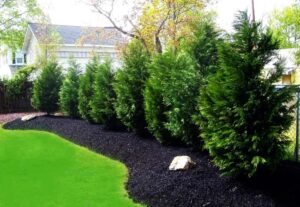
Leyland cypress trees grow best in full sun, and they make a stunning hedge when planted side by side. They grow best in USDA zones 6 through 10 with full sun.
5. The Taxodium ascendens pond cypress
Able to give a deciduous cypress a try? Pond cypress is a low-maintenance variety that can thrive in a flooded environment, so it might be ideal. They frequently inhabit the edges of standing water or marshy areas in the wild. Nonetheless, they can also thrive in typical backyards and are smaller than bald cypress in areas with standing water. Nonetheless, compared to the common bald cypress species, they are more drought-tolerant and grow well in drier environments. They peak at 80 feet (24 meters), making them shorter as well. How are you going to keep them up to date? Just remove any dead branches every now and then. Pond cypress trees are deciduous, and in the fall, their leaves display a stunning gold hue before dropping. They do well in USDA zones 5 through 9.
6. Cupressus nootkatensis, or Nootka Cypress
A weeping cypress, perhaps? Native to this continent are Nootka cypress trees, also known as Alaska cedar trees. They have flat, bottle-green sprays and scaly foliage, making them an evergreen. The landscape is made more elegant by their gracefully drooping branches and weeping growth pattern. Choose from the dwarf Nootka cypress cultivars because they can grow to a height of 103 feet (31 meters), which is too tall for most gardens.
I can heartily endorse the “Glauca” Nootka cypress. It’s a gorgeous, dense cypress with conical growth patterns and blue foliage. Its interestingly thin profile is enhanced by the feathery weeping foliage, which serves as a great focal point. Grows quickly, reaching up to 2 feet (61 cm) annually in a sunny spot before reaching a maximum height of 25 feet (7.6 m). USDA zones 4 through 8 are ideal for it.
Seventh: Cupressus arizonica, or Arizona cypress
Do you want to plant a live Christmas tree in your backyard? Arizona cypress is a great option. The Arizona cypress has the best triangular growth shape that people prefer to see in a Christmas tree out of all the cypress tree varieties. They also have a lot of foliage, with tiny seed cones and leaves that resemble blue-green scales. They can grow a foot (30 cm) taller every year due to their rapid growth. Grow Arizona cypress in full sun in USDA zones 6 through 9. They never grow higher than 70 feet (21 meters).
Cypress trees grow best where?
Every species of common cypress has specific cultural needs. “…wet, marshy areas from Delaware to Florida along the Atlantic Coastal Plain, and westward along the Gulf of Mexico to the Texas-Mexico border.”
Are Cypress Trees All Knee-Deep?
Humps at a tree’s base are called knees. Few other common cypress species have knees, except for the bald cypress (Taxodium distichum).
Does Cypress Have a Pine Scent?
Not all cypress foliage has a pine scent, but some does.


